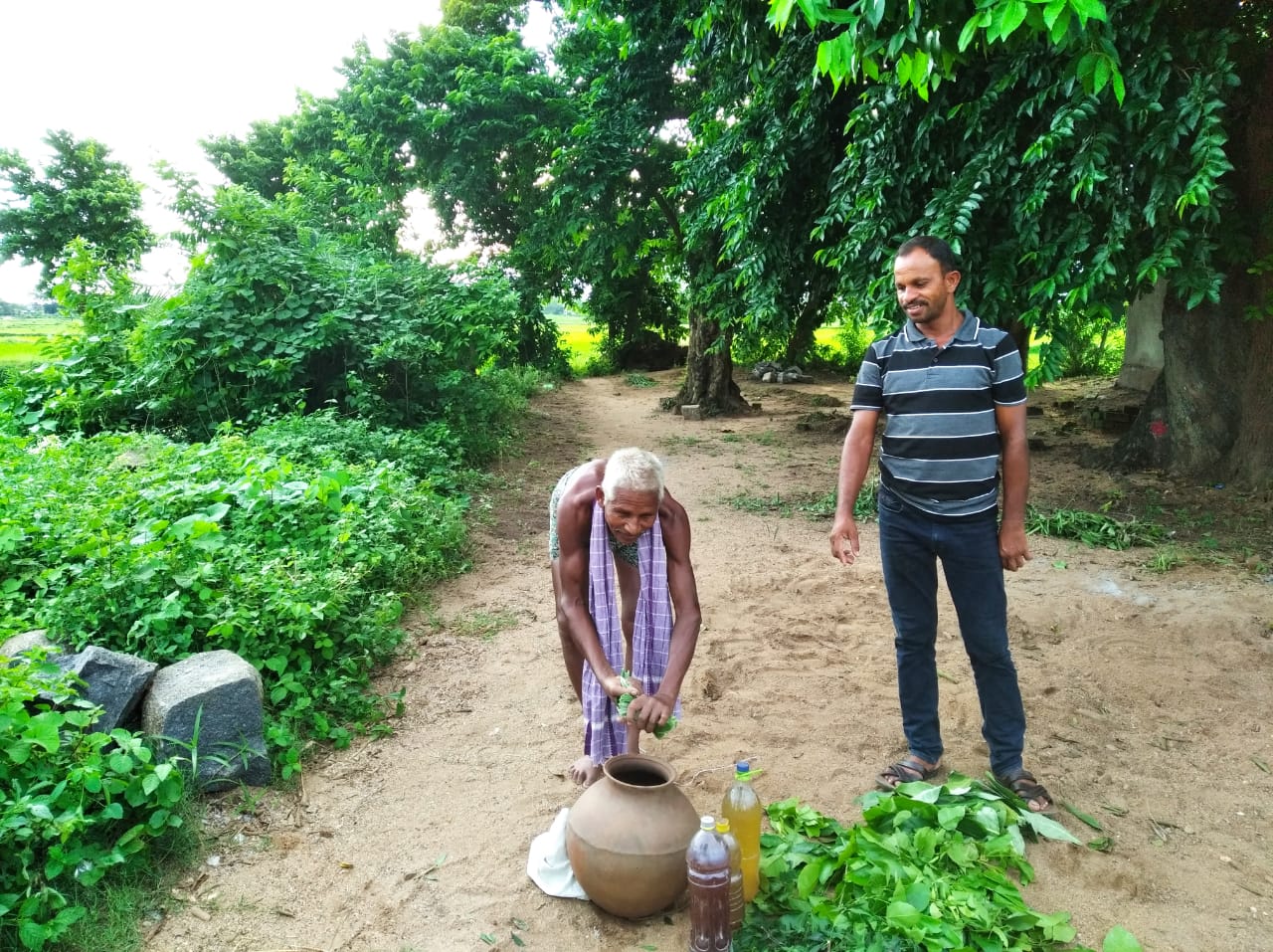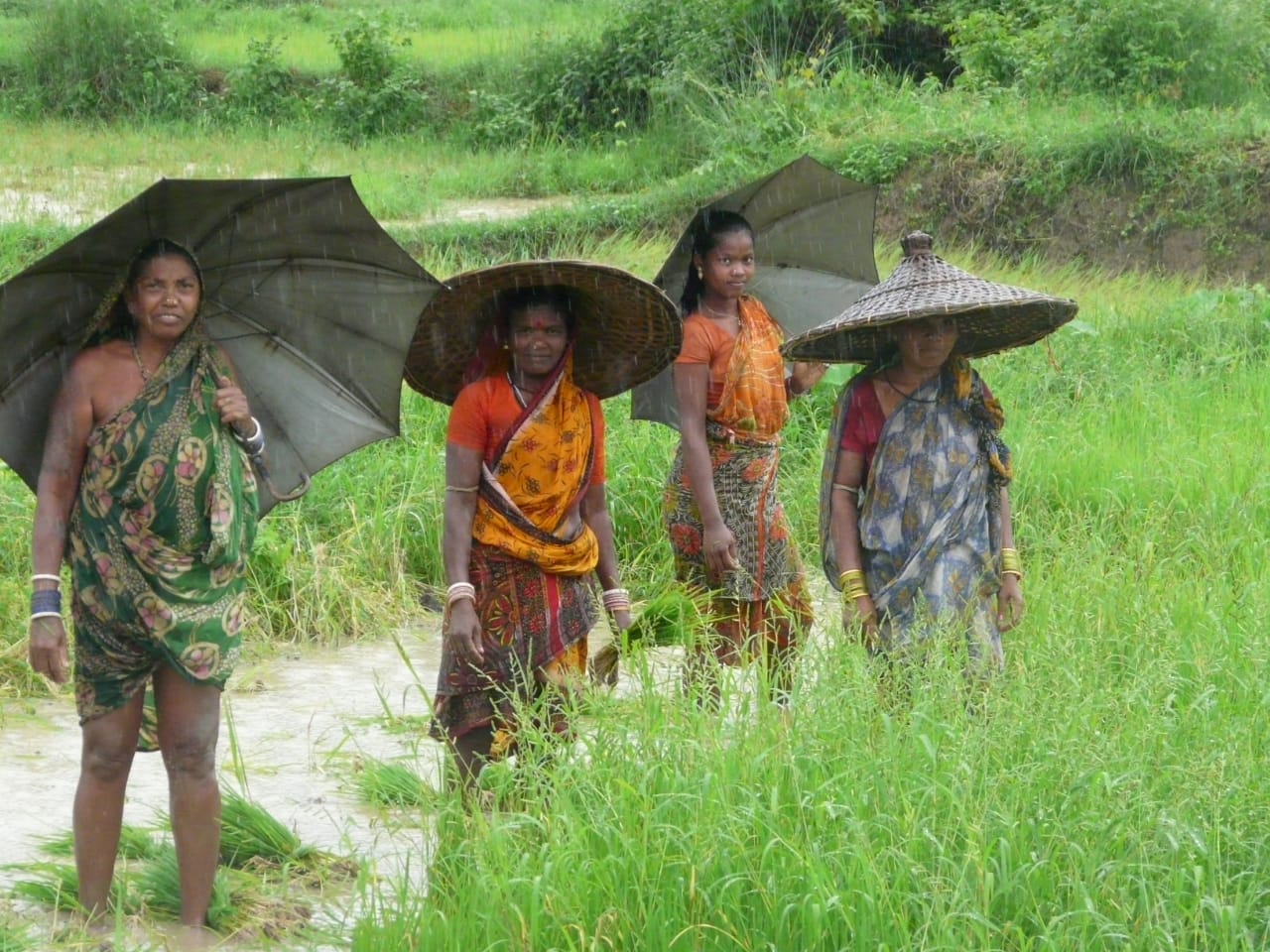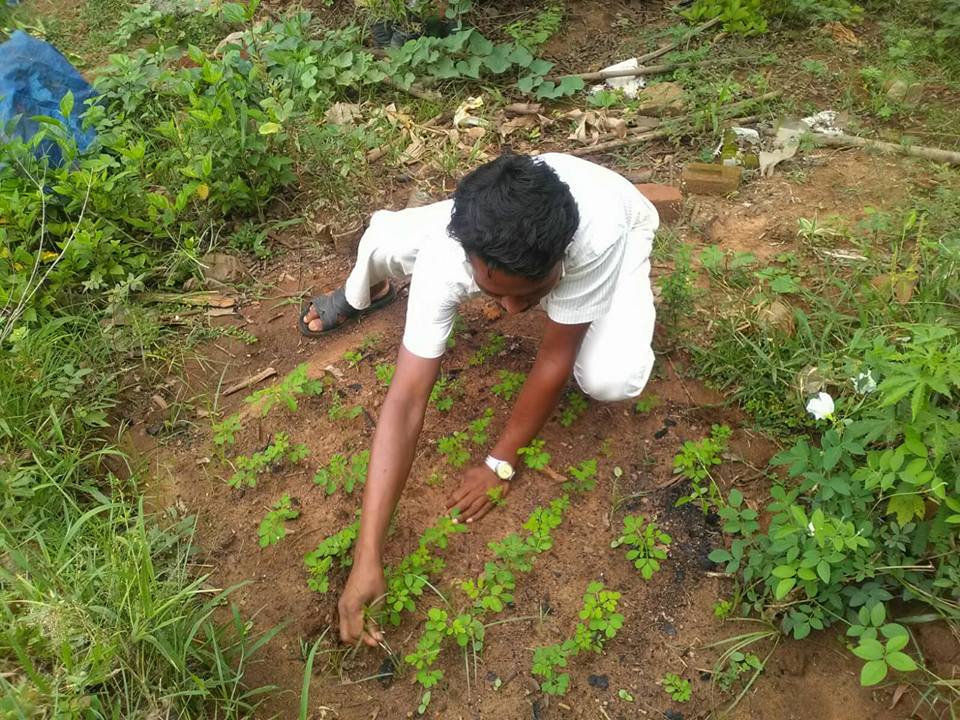Atmashakti Trust started agriculture intervention in 2016 after series of discussion with farmers, agriculture-experts and allied departments. The main objective was to equip farmers with tools and knowledge to integrate farming, forestry and animal husbandry. It was decided to pilot eco-friendly, sustainable and affordable organic farming in Harbhanga block of Boudh District in Odisha. The purpose of the agriculture intervention was to enhance the productivity of the existing crop, introduce multi-cropping and promote eco-friendly, sustainable, and affordable farming practices for small and marginal farmers. Indirect benefit of agriculture intervention is to reduce migration and mitigation of starvation.
Coverage
Operational in 15 districts (Malkangiri, Koraput, Rayagada, Nabarangpur, Kalahandi, Nuapada, Balangir, Boudh, Nayagarh, Kandhamal, Gajapati, Sundargarh, Sambalpur, Deogarh and Mayurbhanj), 71 Blocks, 761 Gram Panchayats, 2455 villages and outreach to 100204 Farmers
Our objective was to engage and work with one Lakh farmers. We have been successful in plugging in 100000 farmers who are now practicing seed treatment. Out of the 1 Lakh farmers, 85000 are practicing pot medicine, while 52000 are practicing Khajarakhat. With the substitute of Khajarakhat, about 45000 people are now applying compost and vermi-composting.
Key Activities
Seed Treatment:
Farmers practicing seed treatment have reported good productivity in flood areas as well as in the hilly region. It has also seen that most marginal and small farmers are satisfied with the Sangathan’s Technical Support. On an average, farmers earned a net income of Rs.1500 to Rs.2000 per acre because they reduce financial investment in pesticides and fertilizers. In Boudh, farmers practicing seed treatment were not as badly affected by the flooding of the Mahanadi. Their yield was much better than those farmers not practicing seed treatment.
Seed Bank: Another objective was to establish Demonstration Point equipped with a seed bank. Our aim was to establish 21 seed bank in a year, out of which we have managed to establish 17 seed banks so far in the districts of Koraput, Malkangiri, Nuapoda, Kalahandi, Boudh, Mayurbhanj and Kandhamal. We are looking forward to a long term commitment and involvement from the farmers themselves to keep the seed bank alive – perform, reform and transform.
Multi – Cropping: From the 298 adopted villages, 900 farmers have been selected as Pilot farmers with an aim to support them to improve their livelihood and increase productivity from their land. A total of 34841 farmers are growing one more crop in rain fed areas which are under OSM/MSMO operational area. 15000 HHs have been and will continue to be facilitated with different rights and entitlements.
Plantation: More than 19720 cashew and mango trees were planted @ Rs,1200.00 per plant. This will help enhance more than 500 farming HHs to improve their livelihood options and they will get benefit of it on a perennial basis.
Block Sustainability Unit: Through the BSU Intervention, more than 500 people including team members and farmers came to know about the significance on sustainable farming along with the concept of forest restoration. A total of 30 orientation in the field along with 4 training session were conducted.
Water Conservation and ground water management: Communities will be made aware and oriented on the practice of using water efficiency to reduce unnecessary water usage and will use traditional conservation techniques to revive its water bodies. Similarly, participatory ground water management will be implemented to make a significant step in ground water management at grass root level to enable the community and stake holders to monitor and manage the ground water as common pool resources themselves. The programme will have activities towards building capacity, skills and knowledge to ground water users. Programme will be executed by engaging suitable youth, women etc as grass root ground water workers after providing necessary trainings to them to function as facilitators and trainers at the village level.
Strengthening the Palli/Gram Sabha: Gram Sabha is the fulcrum of the Panchayati Raj system and village development where villagers take part in the local governance and make need-based plans for the village. The plan discussed and approved in Gram Sabha is further being implemented by panchayats under the overreaching mandate, supervision and monitoring of the Gram Sabha. Thus we would create awareness among the community to organize and participate in Gram Sabha to develop their village plans.
Ensuring the sustainability of the Sangathan: In order to establish sustainability in the working villages, active federative structure will be in place so that the community would be able to take up their issues and access their rights and entitlements in the long run. Membership fee has been a viable sustainable approach of our work and this will be continuing in our operational areas
Research and Documentation: Research on Sustainable Agriculture by identifying concern potential area will be performed so as to find the gap and design Campaign and achieve its objective.
Achievements and Impact
In agriculture we are promoting multiple crops by adopting traditional farming techniques, sustainable agriculture pattern, irrigation, second crop practices, and leveraging government schemes to benefit small and marginal farmers in rural and remote areas. Active Promotion of eliminating the use of chemical fertilisers and pesticides used in the traditional paddy crop started with Boudh district in 2016. Till now, we have reached out to around one lakh farmers in twelve districts. The results have been encouraging and the yield has been marginally better resulting in a saving of around Rs. 4000/- per acre where this method is adopted.
- 15 crores of Governmental Fund leverage towards Plan Convergence
- 100000 farmers earned an average net income of Rs. 2000 per acre (per farmer).
- A total net income of Rs. 20 crores were thus used towards health care, children education etc
- The intervention started with Boudh District , currently expanded to 15 district and one lakh farmers.
- Fifty two thousand farmers are using Khajrakhata, Eighty five thousand farmers using Pot medicine, forty five thousand using vermi compost and compost pit too.
- Nine hundred farmers were chosen for pilot but now we reached to one lakh farmers
- Three thousand , eight hundred and forty one farmers using more than one crop in arin fed areas
- Seventeen numbers of seed banks have been established through community support in 15 districts
- three thousand , eight hundred and seventeen farmers are using organic seeds only
- Two hundred and ninety eight model villages have been set up for organic and traditional farming methods



